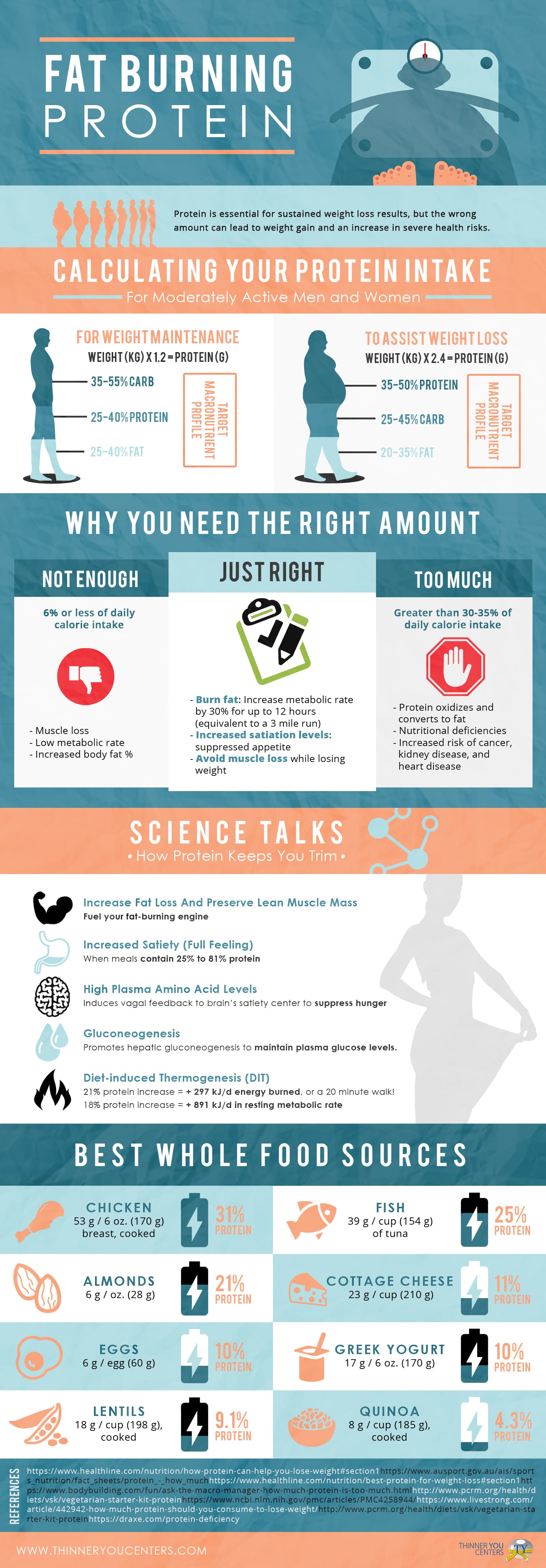Cold laser therapy is a valuable device to aid in pain monitoring and the recovery procedure. It is commonly made use of in sporting activities medication, dermatology and acupuncture.
Cold lasers pass through deep into cells and advertise chemical modifications without heating them. They lower inflammation and swelling, speed cellular task and accelerate healing.
Theoretical History
Unlike the high-intensity lasers that surgeons use to puncture cells, cool laser treatment uses light-emitting diodes to pass through right into your skin and advertise recovery. As these photons reach damaged cells, they initiate a chain reaction that increases your cells' manufacturing of enzymes and increases your body's all-natural recovery procedures.
The photons additionally lower discomfort with the manufacturing of endorphins and enhance your body's capacity to drain pipes inflamed areas by inducing vasodilation (the growth of blood vessels). Consequently, it helps you recoup from musculoskeletal injuries and discomfort faster.
Lots of people have found out about chilly laser therapy from their physiotherapist, chiropractor or doctor and might be asking yourself how it functions. Unlike most laser gadgets utilized in the medical area, which in fact warm up cells, our state-of-the-art devices sends out chilly laser light beams that don't cause any type of home heating of your cells. This enables your body to get the healing advantages without causing any kind of negative effects.
Clinical Tests
Cold laser therapy is usually advised as a therapy alternative for people who have bone and joint discomfort and injuries. It can be made use of to decrease swelling, reinforce cells and increase the body's natural healing procedures.
Non-thermal photons of red and infrared laser radiation are absorbed by the light delicate components in cells and initiate a rise in intracellular metabolic process that increases cell recreation, minimizes inflammation, removes edema and reduces healing time.
Unlike the light that is created by sunshine or typical lights, laser light is parallel (all wavelengths travel in the same direction), coherent and single. These residential or commercial properties allow laser energy to permeate much deeper into the cells.
Several medical tests have shown that LLLT can be efficient in reducing pain in the bone and joint system. Nevertheless, even more well-designed research studies are required to assess the optimum settings for laser irradiation and to identify its performance in certain problems, such as oral mucositis in cancer cells clients obtaining chemotherapy or radiotherapy, and injury healing (consisting of diabetic abscess adhering to hammertoe surgical procedure). This Aetna policy bulletin does not deal with various other uses of LLLT, consisting of the therapy of various skin diseases.
Conclusions
Unlike surgical lasers that can damage tumors or coagulate tissue, chilly laser therapy does not heat the body's cells. Instead, the light stimulates your cells to produce adenosine triphosphate, which accelerates the repair process of hurt cells.
Aetna considers low-level laser (LLL) therapy medically necessary for the prevention of dental mucositis quit smoking laser therapy associated with cancer cells treatment (chemotherapy, radiation treatment, hematopoietic stem cell transplant) and non-cancer treatments (such as radiodermal injury, fibromyalgia). Numerous studies revealed that LLT can be reliable in reducing PU signs without negative effects. Nonetheless, distinctions in study layouts and laser dosimetry made contrast of the outcomes challenging; RCTs with reduced threat of predisposition are required. Using a 660 nm wavelength and higher energy density appears to be much more effective than the various other researched laser wavelengths. This could be since the other wavelengths might boost inflammatory processes and cause even more adverse effects. The result of the kind of laser utilized is likewise essential; the authors suggest that future research focus on examining different sorts of lasers and their doses to identify the ideal combination of laser criteria for PU prevention.
Recommendations
Cold laser therapy is made use of by dentists to deal with inflamed periodontal cells, medical professionals to alleviate pain caused by rheumatoid arthritis, and physiotherapists to speed up the healing of muscular tissue, tendon, and ligament injuries. Lots of medical insurance coverage plans cover this therapy.
Unlike hot lasers, which have a thermal impact on tissues, cool lasers (also called low-level lasers) boost the cellular power of the skin. Photons from the laser light penetrate right into the cell, setting off a collection of chemical modifications that advertises regeneration and minimizes inflammation.
In order to be effective, lasers have to be correctly arrangement and utilized. This is why it is not suggested to purchase a cheap non-prescription laser device and attempt to treat on your own in your home. An experienced professional is required to make sure that the tool is utilized appropriately to decrease the threat of eye injury and optimize its performance. The laser gadget have to be adjusted to the right setting, intensity, regularity, and placement of the laser on the treatment area.
